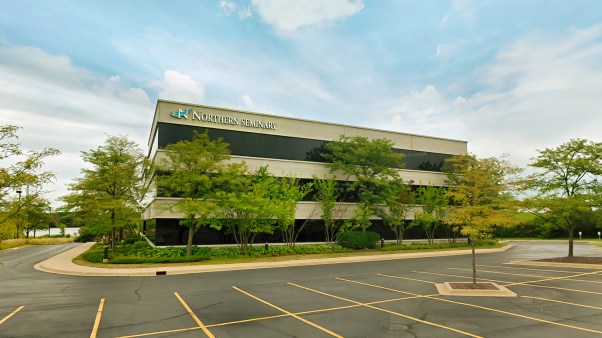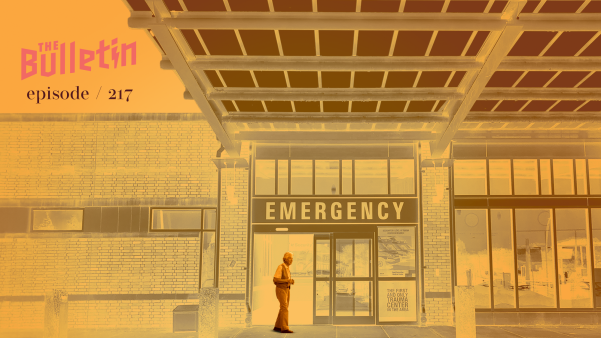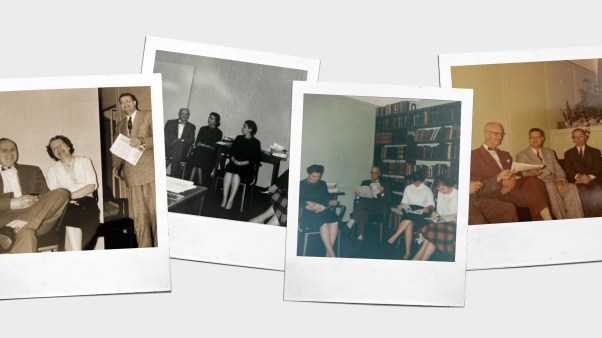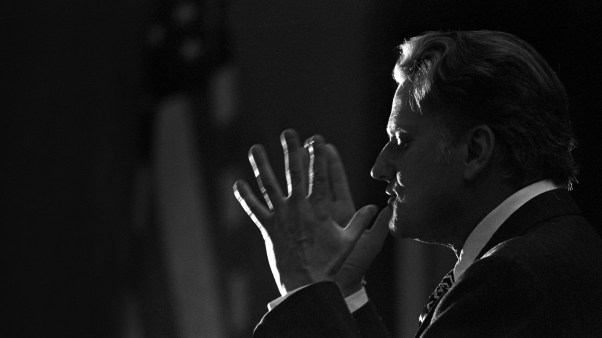On September 29, the Chicago Tribune ran a letter, discovered by the FBI, that had been written to the September 11 hijackers, emboldening them with promises of paradise in exchange for their suicide attack. Muslims have argued against associating the attacks with Islam, suggesting that the attackers represent a radical fringe divorced from true Islam. Politicians seem to agree. In his speech to a joint session of Congress (and the nation) on September 20, President George W. Bush described the teachings of Islam as “good and peaceful” and said that “those who commit evil in the name of Allah blaspheme the name of Allah.”
But jihad has a long history in Islam, and Muslims have fought under its banner for centuries. If Christians have put forward the concept of just war as justification for war, jihad, or holy war has underpinned Muslim determination to fight. What exactly is jihad, and how has it been waged in the past? In the fall of 1993, Christianity Today sister publication Christian History asked Islamic historian Dr. Hadia Dajani-Shakeel to describe how Muslims viewed the Crusaders and why they responded as they did. Excerpts from her response appear below. Dajani-Shakeel is co-editor of The Jihad and Its Times (Michigan, 1991).
In 1095, Pope Urban II staged a massive military invasion of the Muslim East. That invasion and occupation caused the forced expulsion, conversion, or enslavement of the Muslim majority. Only a few cities in Syria remained in Muslim hands, and these became centers for Islamic resistance.
Muslims viewed the Christian settlements as alien and illegitimate, established at the expense of the native population, which had been displaced or massacred. The early Christians were portrayed as ruthless, bloodthirsty, and barbaric.
Furthermore, Muslims considered the loss of Jerusalem, with its Islamic sacred shrines—the Aqsa mosque and the Dome of the Rock—as the greatest loss in their history. To profane Muslim shrines was to abuse Islam itself. The bitterness of the Muslims against defilement of their religious places, a bitterness that had been fed throughout the century, erupted in destruction of Christian images and objects when these sacred shrines were recaptured.
Some Muslim scholars interpreted the success of the First Crusade as a divine punishment against Muslims for neglecting their religious duties, and for failing to prosecute a jihad (holy war) in defense of territories God had entrusted to them. Thus, the only way to satisfy God was to fight at two fronts: spiritual (against materialism, oppression, and evil) and political (to liberate Muslim territory from the enemy). Hence when the counter crusade, or jihad, was begun, it was seen as a defensive war.
Sacred shrines, and indeed Jerusalem itself, became the rallying focus for the jihad throughout the 1100s. When Jerusalem was finally recovered by Saladin in 1187, Muslim reaction was vividly described by a witness:
“At the top of the cupola of the Dome of the Rock was a great golden cross. When the Muslims entered the city on Friday, some of them climbed to the top of the cupola to take the cross down. As they reached the top, a great cry went up from the city, and from outside the walls the Muslims cried, ‘God is greatest!’ in their joy, and the Franks groaned in consternation and grief. So loud and piercing was the cry that the earth almost shook.”
Although the Muslims saw the Crusades as a religious war against Islam, they considered Christians more a political than religious enemy. Thus, when Saladin recovered the Holy Land from Christians, he gave them the choice of living in the area and paying a poll tax, or moving to Christian-held territories. Many Christians migrated to Tyre, Tripoli, Antioch, and Europe.
The descendants of Christians who remained in the East eventually melted into the population of the area. Today signs of the Christian presence remain in the names of some families, in the folk dress of some areas such as Bethlehem, and in stories and proverbs from the area.
Along with archaeological remains, they are the only visible witnesses to the massive military invasion.
Copyright © 2001 Christianity Today. Click for reprint information.
Related Elsewhere:
The Jihad and Its Times was published by the University of Michigan’s Center for Middle Eastern & North African Studies.
Dajani-Shakeel’s “Some Medieval Accounts of Salah al-Din’s Recovery of Jerusalem (Al-Quds)” is available at the Internet Medieval Sourcebook.
For more on Islam, see Christianity Today‘s “Islam U.S.A | Are Christians prepared for Muslims in the mainstream?” (Mar. 27, 2000)
In an article for the Barnabas Fund, Patrick Sookhdeo, director of London’s Institute for the Study of Islam and Christianity, says, “There are clearly two strands in contemporary Islam: the peaceable and the war-like. Islam is not one or the other; it is both at the same time.”
Egyptian-born Jewish scholar Bat Ye’or told Christianity Today sister publication Books & Culture that the alleged historical tolerance of Islamic regimes toward Christians and Jews isn’t true.
Christianity Today managing editor Mark Galli (formerly the editor of Christian History) examined the history and appropriate Christian response to religious terrorism.
More Christian history, including a list of events that occurred this week in the church’s past, is available at ChristianHistory.net. Subscriptions to the quarterly print magazine are also available.
The rest of Christian History issue 40: The Crusades, is available at the ChristianHistory Store.
Christian History Corner appears every Friday at ChristianityToday.com. Previous editions include:
‘He Does Not War’ | In the Anabaptist tradition, a Christian must never fight back. (Sept. 28, 2001)
A Time For War? | Augustine’s “just war” theory continues to guide the West. (Sept. 21, 2001)
The House That Jack Built | C.S. Lewis and six of his literary friends open their doors to students and researchers at Wheaton College’s impressive new Wade Center facility. (Sept. 14, 2001)
Raiders of the Lost R | Documentary on School skips religious history, giving a skewed account of American education. (Sept. 7, 2001)
Explaining the Ineffable | In Heaven Below, a former Pentecostal argues that his ancestors were neither as outlandish as they seemed nor as otherworldly as they wish to seem. (Aug. 31, 2001)
Eyewitness to a Massacre | The bloodbath that started on August 24, 1572, left thousands of corpses and dozens of disturbing questions. (Aug. 24, 2001)
Live Long and Prosper | Though a recent survey raises questions, the health benefits of faith have been documented for centuries. (Aug. 17, 2001)
Divided by Communion | What a church does in remembrance of Christ says a lot about its history and identity. (Aug. 10, 2001)
Thrills, Chills, Architecture? | The most exciting adventure at St. Paul’s Cathedral would be a time-traveling jaunt through its history. (August 3, 2001)








